Everybody feels stressed at some point. But how do we deal with it? 75% of Australians admit that stress adversely effects their physical health and 64% report an impact on their mental health (APA, 2014). For 86% of us, watching TV or movies is our chosen coping strategy for stress and only 55% of us are getting an adequate amount of physical activity (Australian Health Survey 2011-12). So exercise, mood and stress; what’s the link? Here’s the science to support why exercise should be our go-to for those stressful situations.
You know those days where you wake up in the morning, a bunch of crazy happens and then you go to sleep (way too late)… Maybe some of this feels familiar; you’re up to your eye balls in reports at work. The kids have basketball training tonight. You forgot to get dinner out. It’s your mum’s birthday next week. You said you would help the school with their fundraiser this Friday. You promised your friend you would catch up for lunch on the weekend. You still haven’t found time to exercise, like you planned. Feeling stressed? How’s your mood?
A Brief Bio About Stress
Stress comes in many shapes and sizes, acute and chronic; social stress, physical stress, metabolic stress… just to name a few.
There is a psychological state of stress, and a physiological response to stress – it’s important to distinguish these. One is the external stressors of life, such as a looming deadline at work. The other is our internal state of stress, like when we feel we are stressed out of our minds and cannot think straight!
I want to talk about how we can manipulate one by manipulating the other.
The body’s stress response is a built-in gift from evolution, without it we wouldn’t be here today. This complex alarm system (the panic button being the amygdala), is more commonly known as the fight of flight response.
I’m going to try and explain how this process actually works in our brain using cute pictures, it gets a bit nerdy, but stick with me.
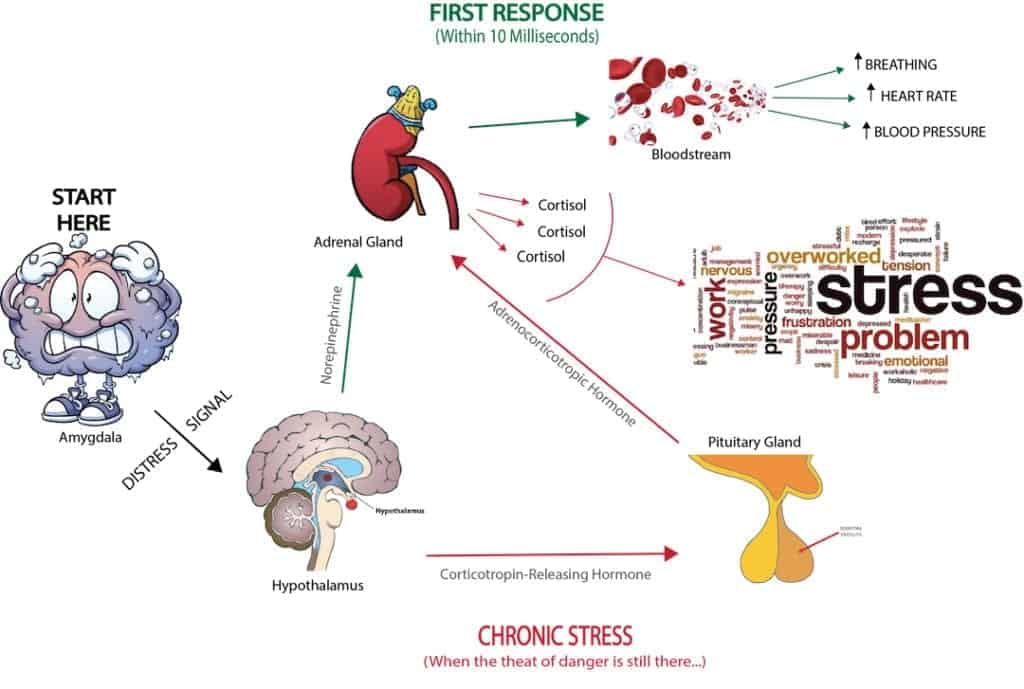
The Neurophysiology of Stress (the simple version)
Basically, the short version is: our amygdala signals the adrenal gland to release a few different hormones, such as adrenaline, which causes increases in blood pressure, heart rate, and breathing. These hormones also act on the pituitary gland which triggers the release of cortisol into our immune system. The amygdala then signals the hippocampus to start recording memories (so we remember to avoid this in future), and the prefrontal cortex assesses whether this is an actual threat requiring action.
Humans are unique in the fact that danger doesn’t have to be clear and present to illicit a stress response, we can create it ourselves. The mind is so powerful we can actually set off our stress response just by imagining we’re in a stressful situation. You see how this can start to get unhealthy…
But just as we can get ourselves into a stressful state, we can get ourselves out.
The purpose of the fight-or-flight response is to mobilise us to act, so physical activity is the natural way to prevent the negative consequences of stress. When we exercise in response to stress, we’re doing what human beings have evolved to do over the past several million years.
Your Prescription for exercise, mood and stress
If I prescribe you 1 x exercise session per day, you should see a reduction in stress symptoms and an improvement in mood immediately…
Why is that?
Now that you’re all over the neurophysiological mechanisms that are behind the stress we feel, how exactly does exercise improve our mood and reduce our stress?
- Exercise triggers the production of more insulin receptors, thus lowering blood glucose levels
- Exercise produces FGF-2 and VEGF which build new capillaries and expand the vascular system in the brain
- Exercise increases BDNF production, which is responsible for neurogenesis: the creation of new neurons
- Exercise increases serotonin, norepinephrine and dopamine (feel good hormones!)
And on a physiological level, exercise can improve the stress we feel in our bodies by:
- Relaxing the resting tension of muscle spindles, breaking the stress-feedback loop to the brain
- Increasing the efficiency of the cardiovascular system, lowering blood pressure
Exercise does a whole range of juicy things to our body and our mind, and it’s virtually impossible to impact one without impacting the other – now you see why!
Just keep in mind that the more stress you have, the more your body needs to move to keep your brain running smoothly.
If you’re interested in reading more about this, pick up a copy of Psychiatrist, John Ratey’s book: SPARK; the revolutionary new science of exercise and the brain. This blog is based on the concepts discussed in Chapter 3; Stress. It’s full of stories and fascinating information about the connections between exercise and your brain, in an easily digestible format.


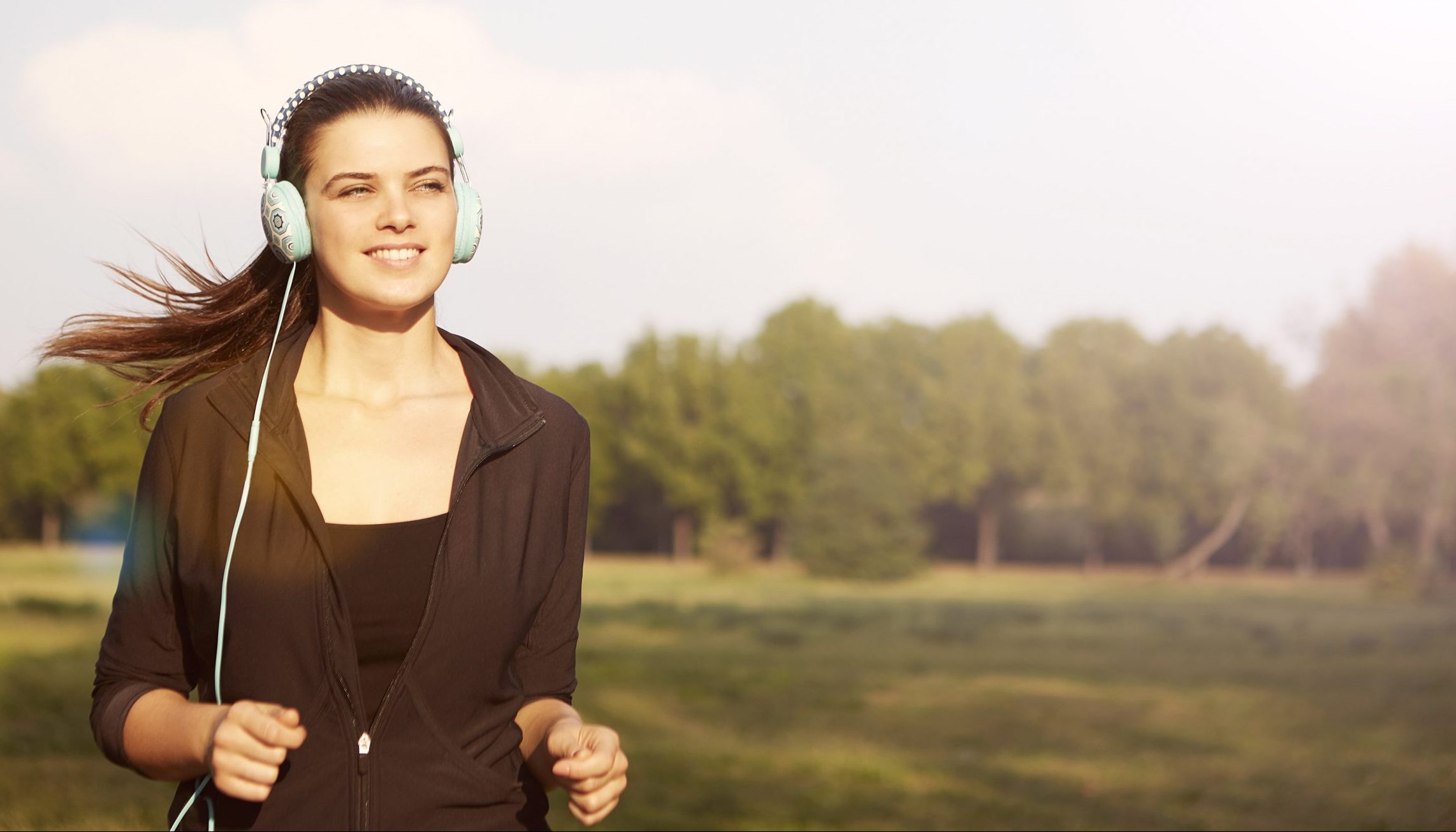

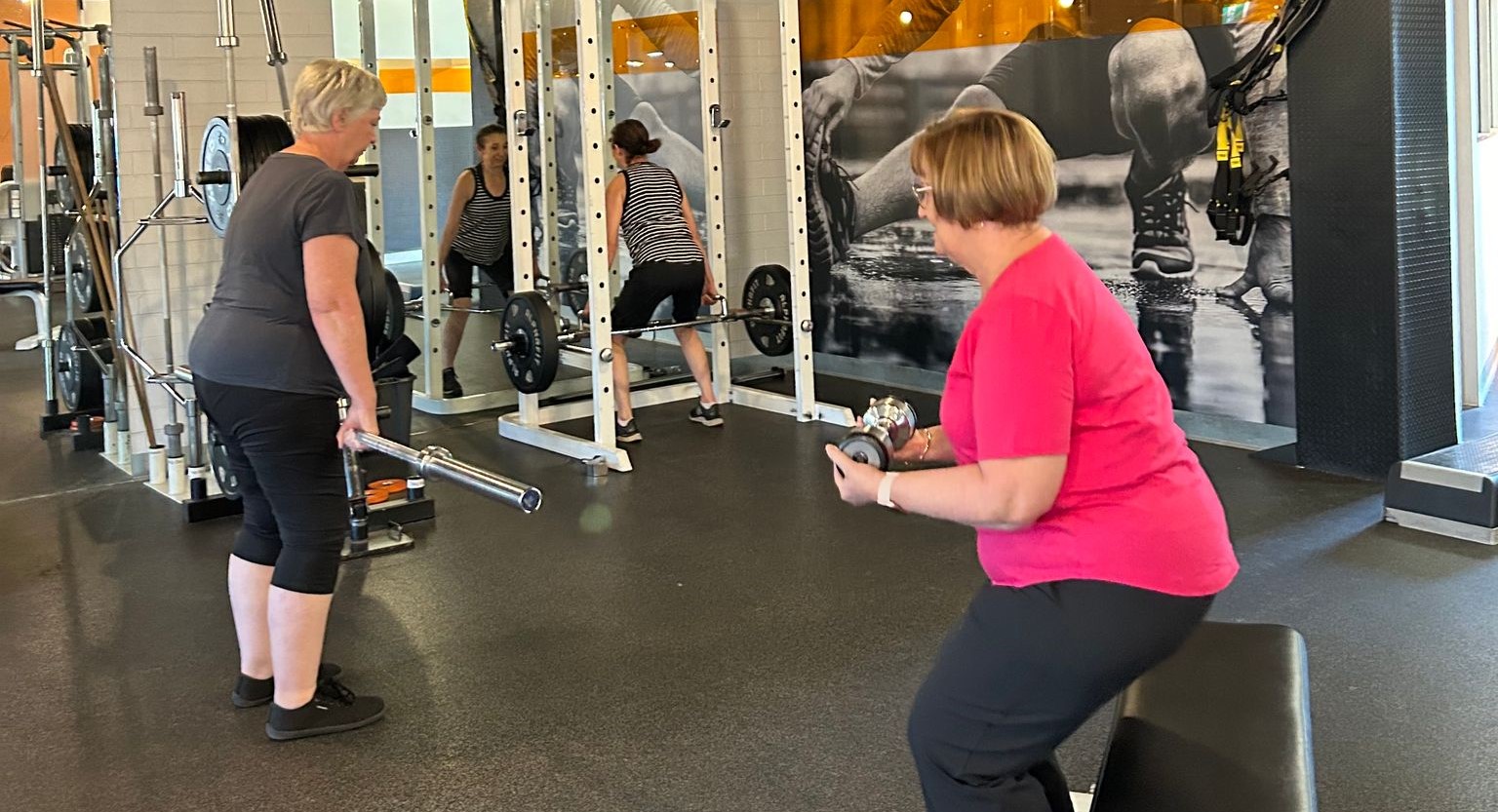
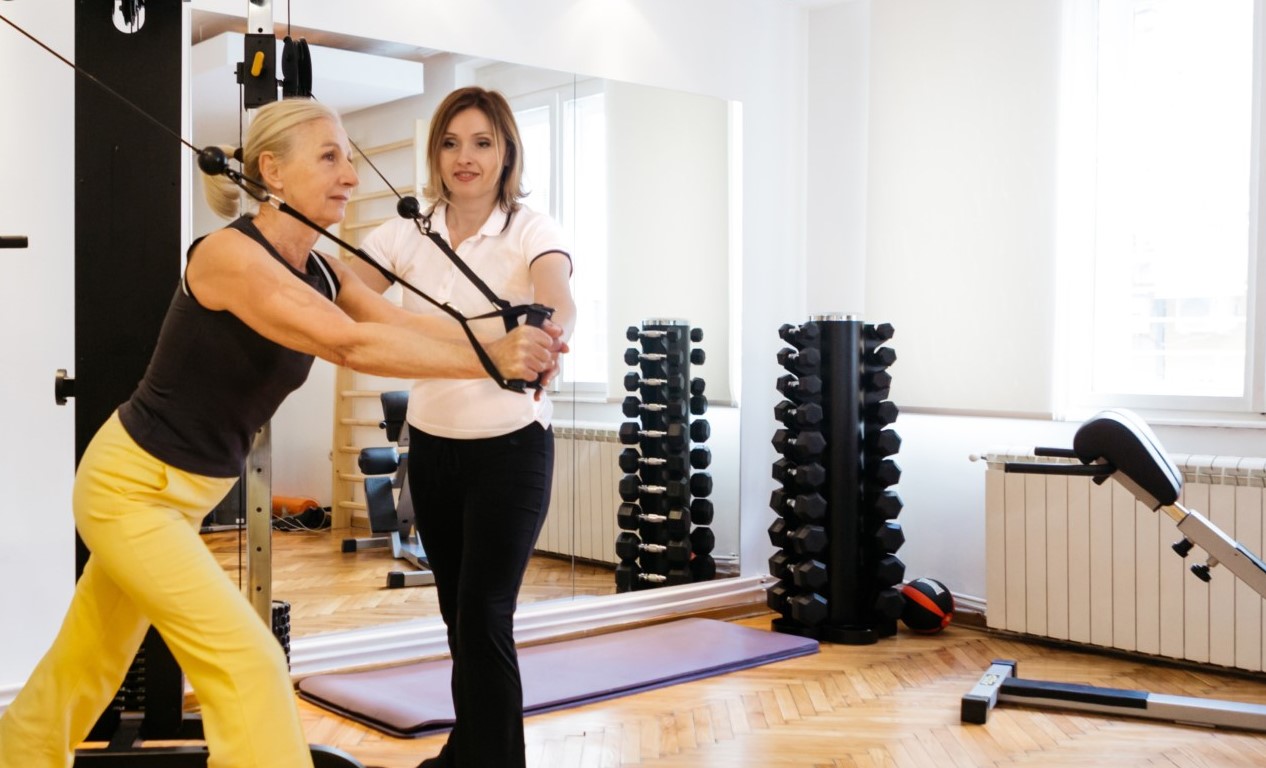
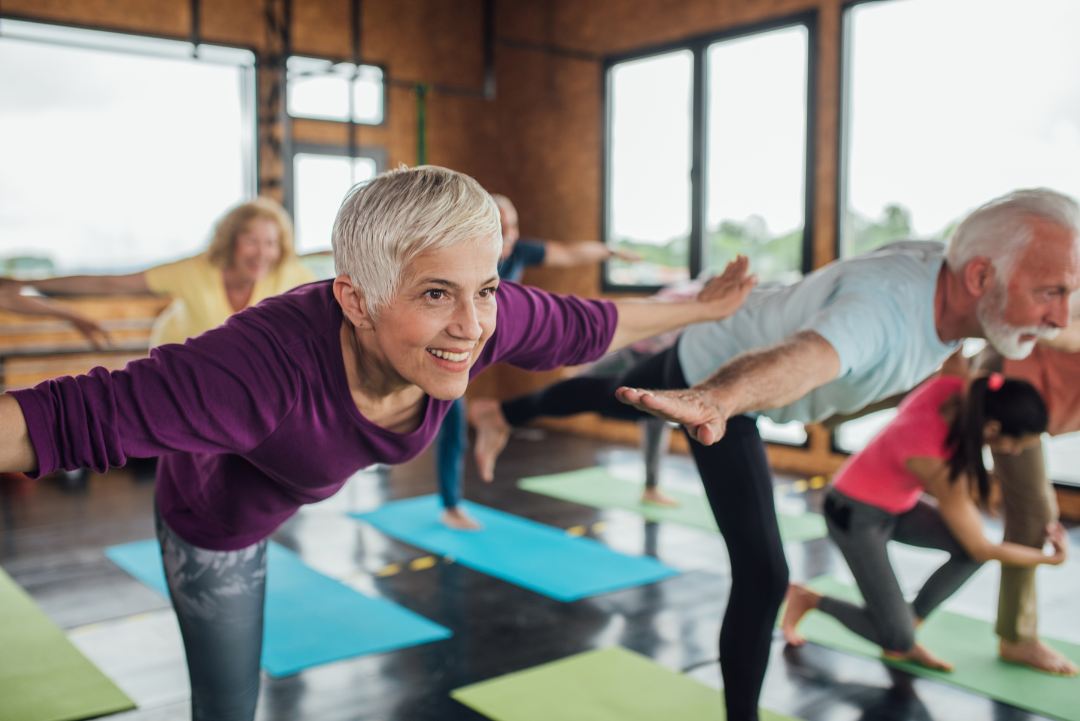
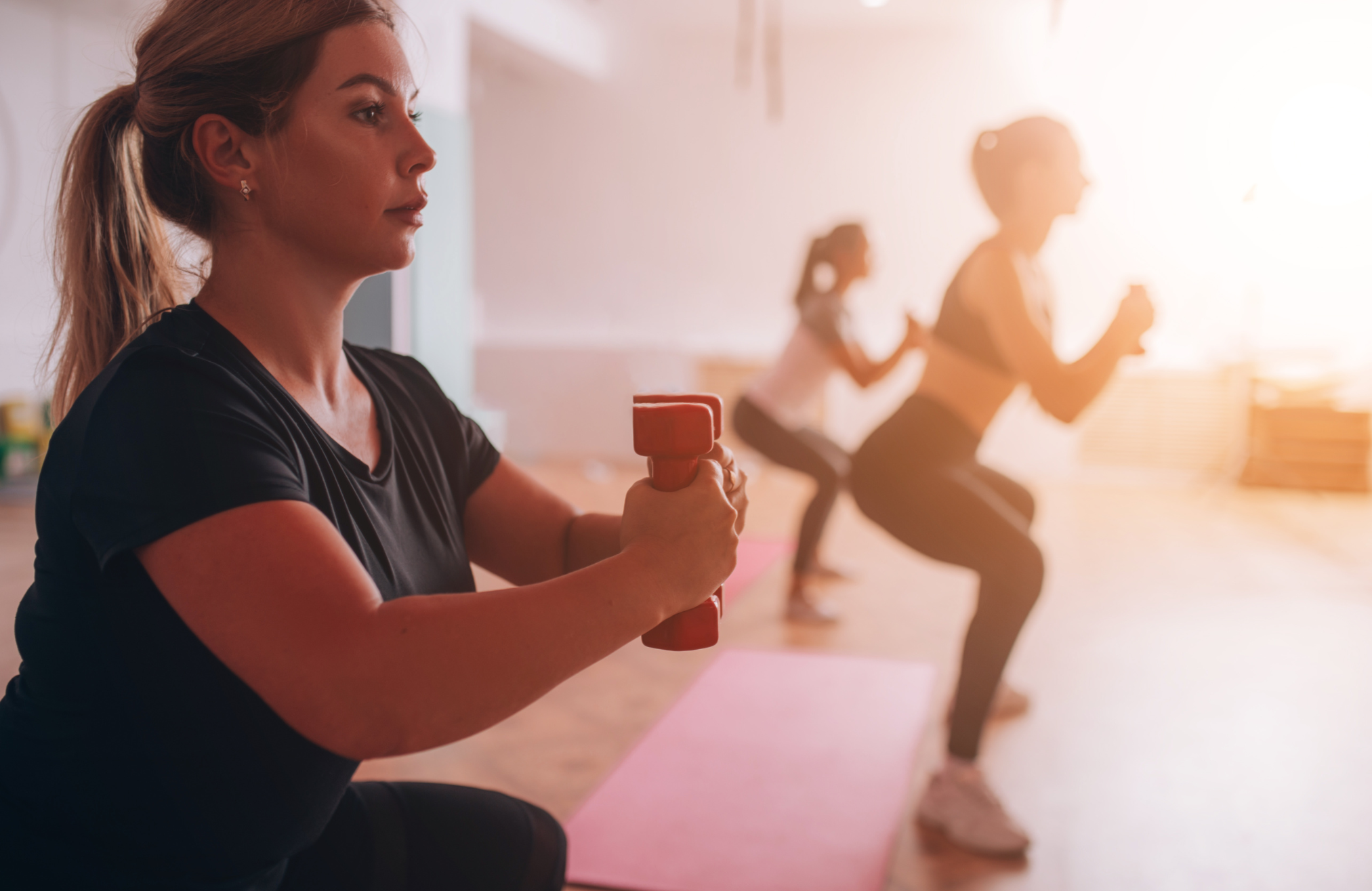

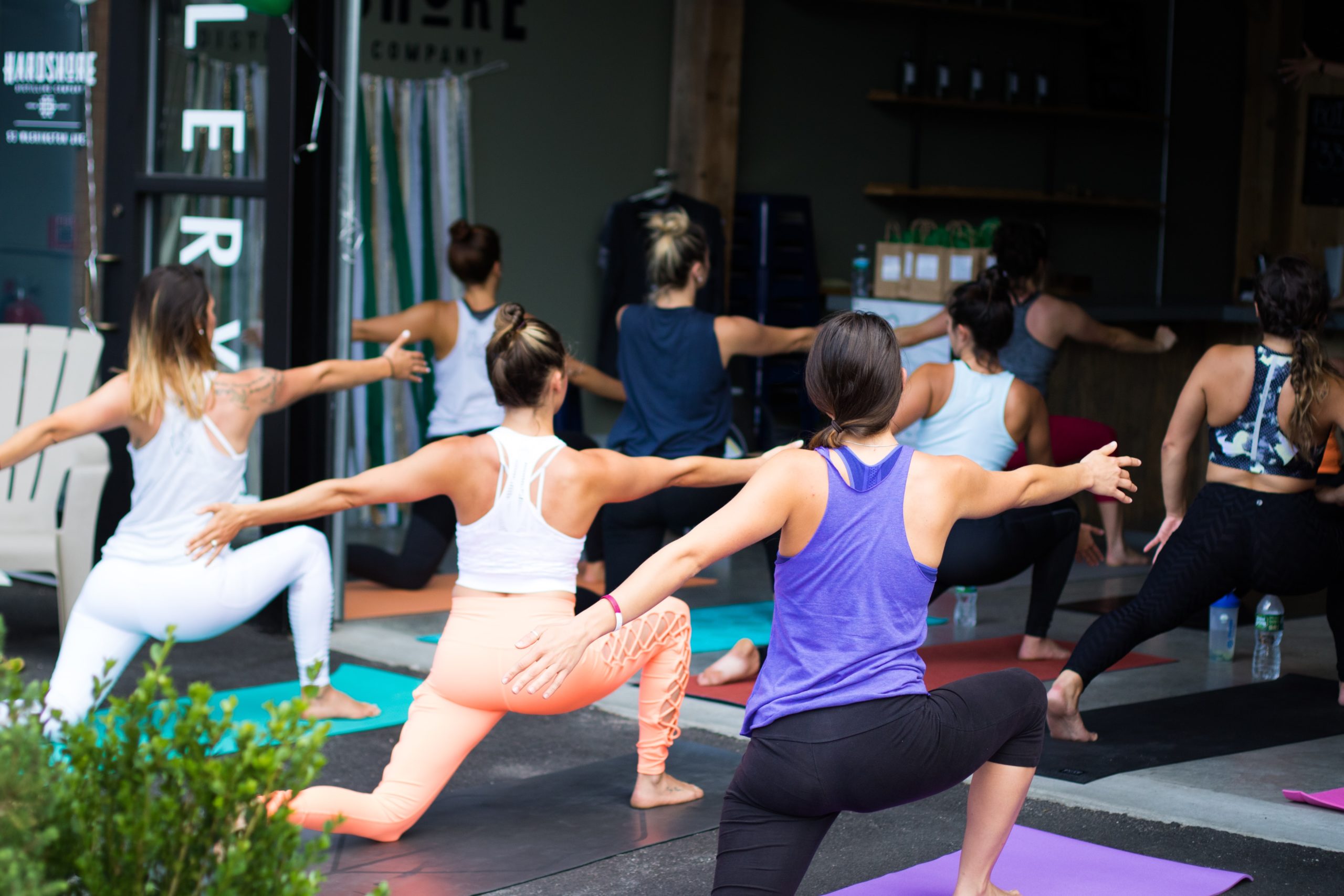
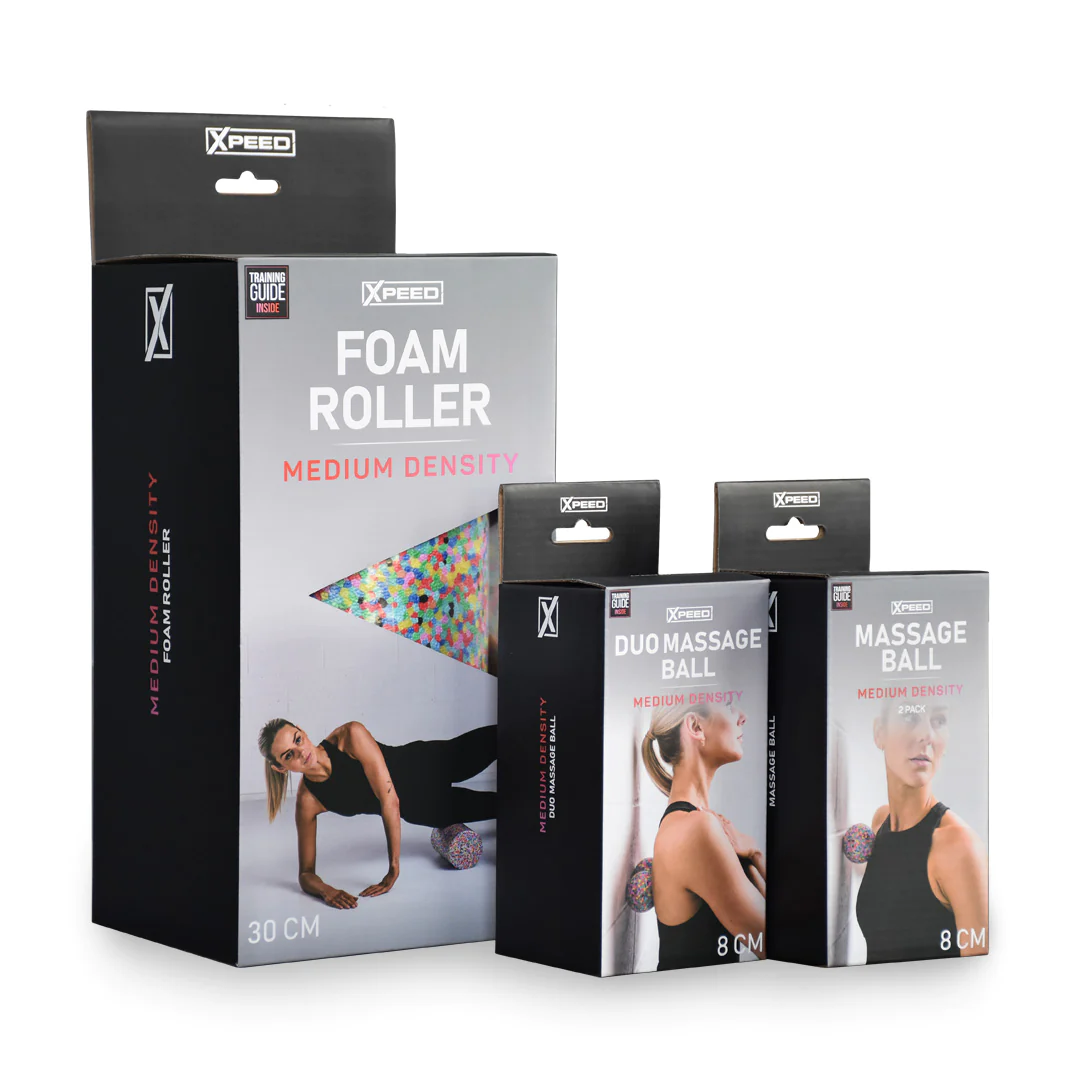
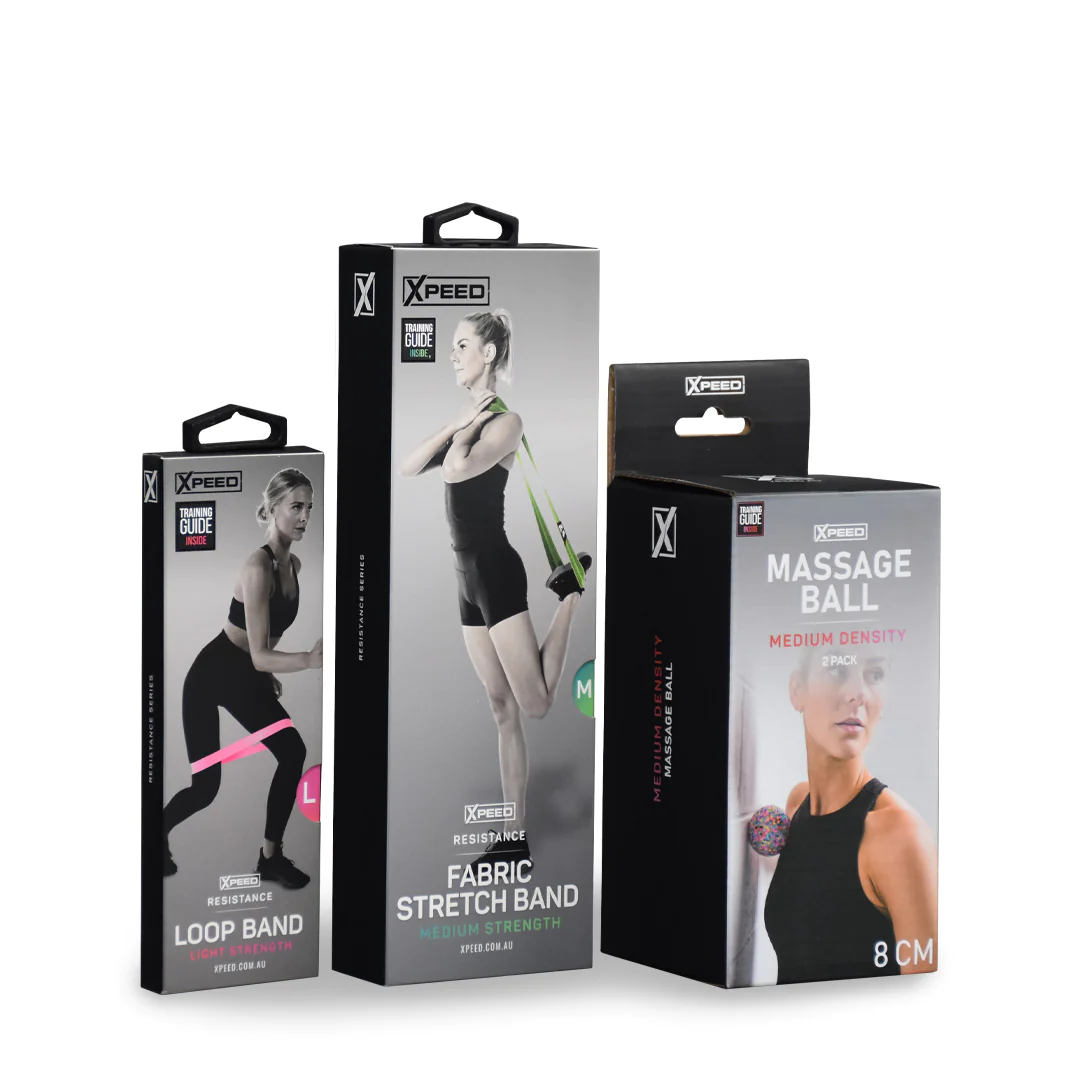
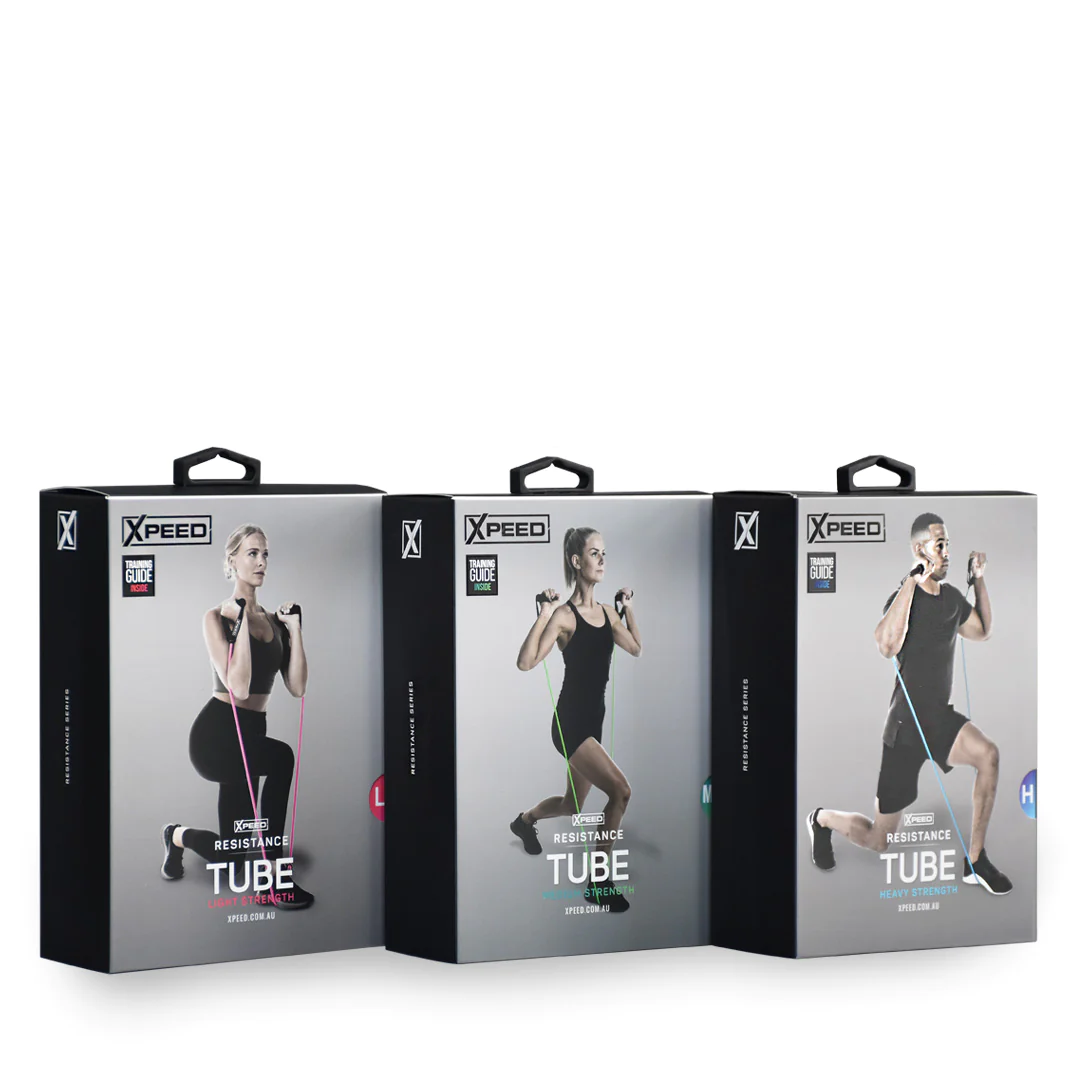

0 Comments